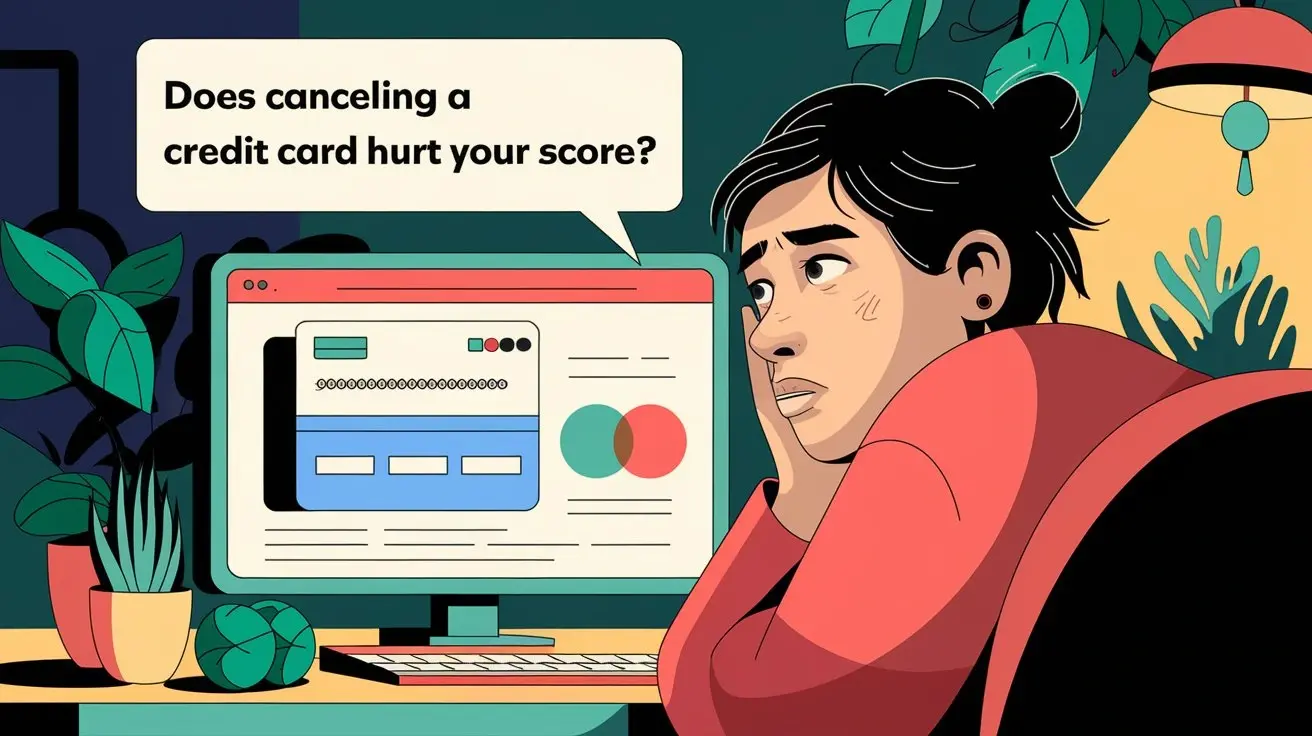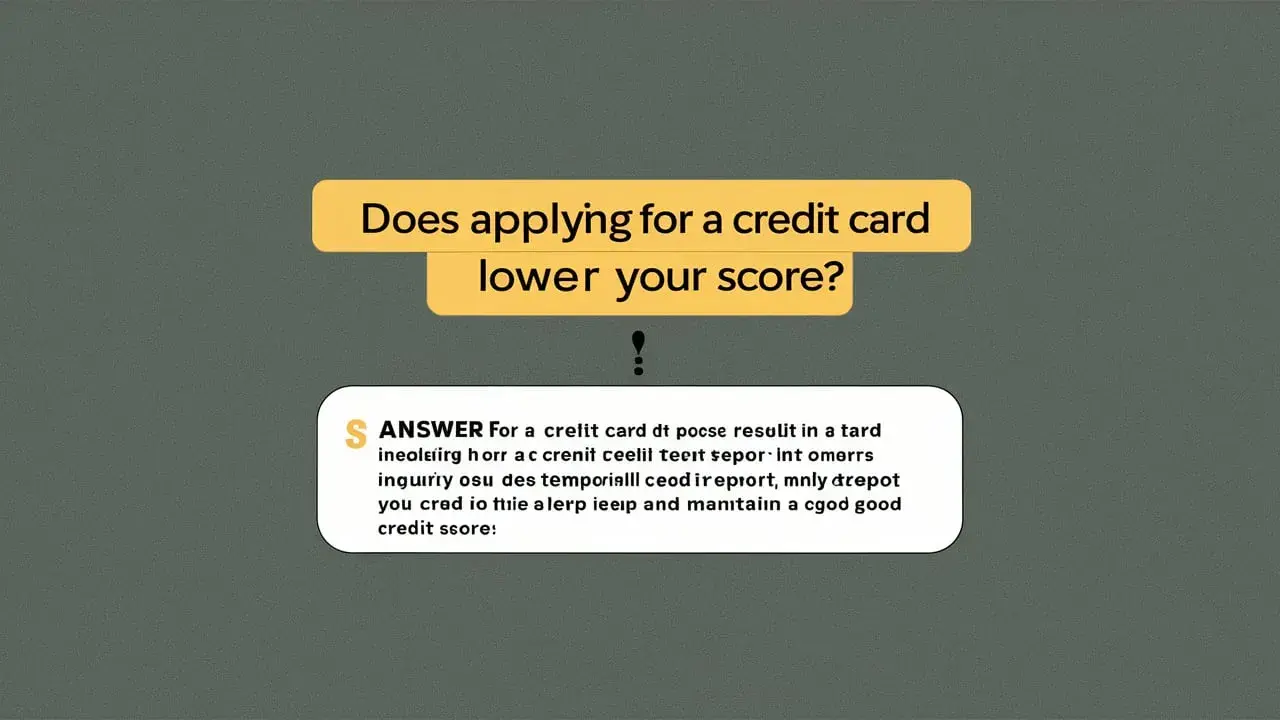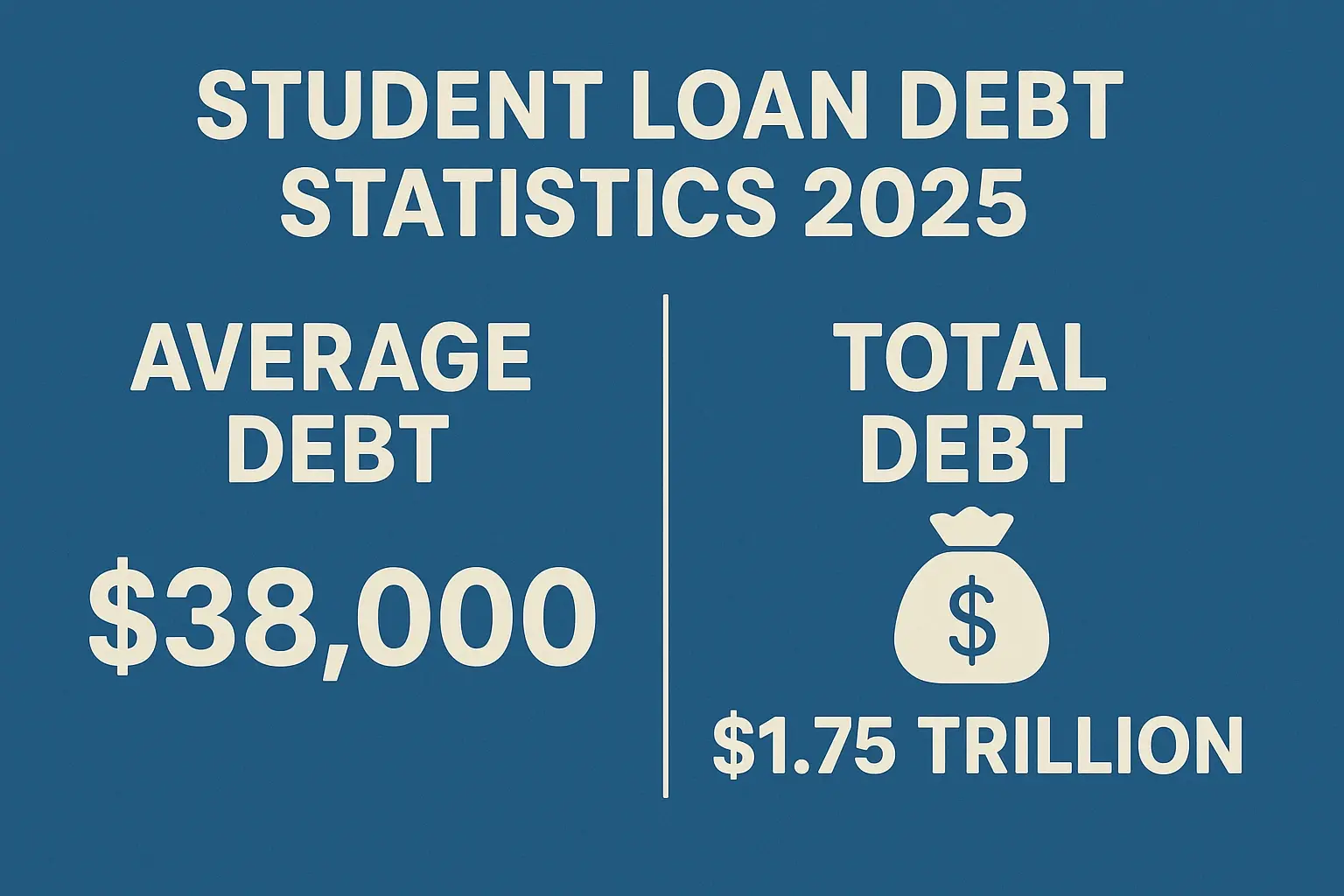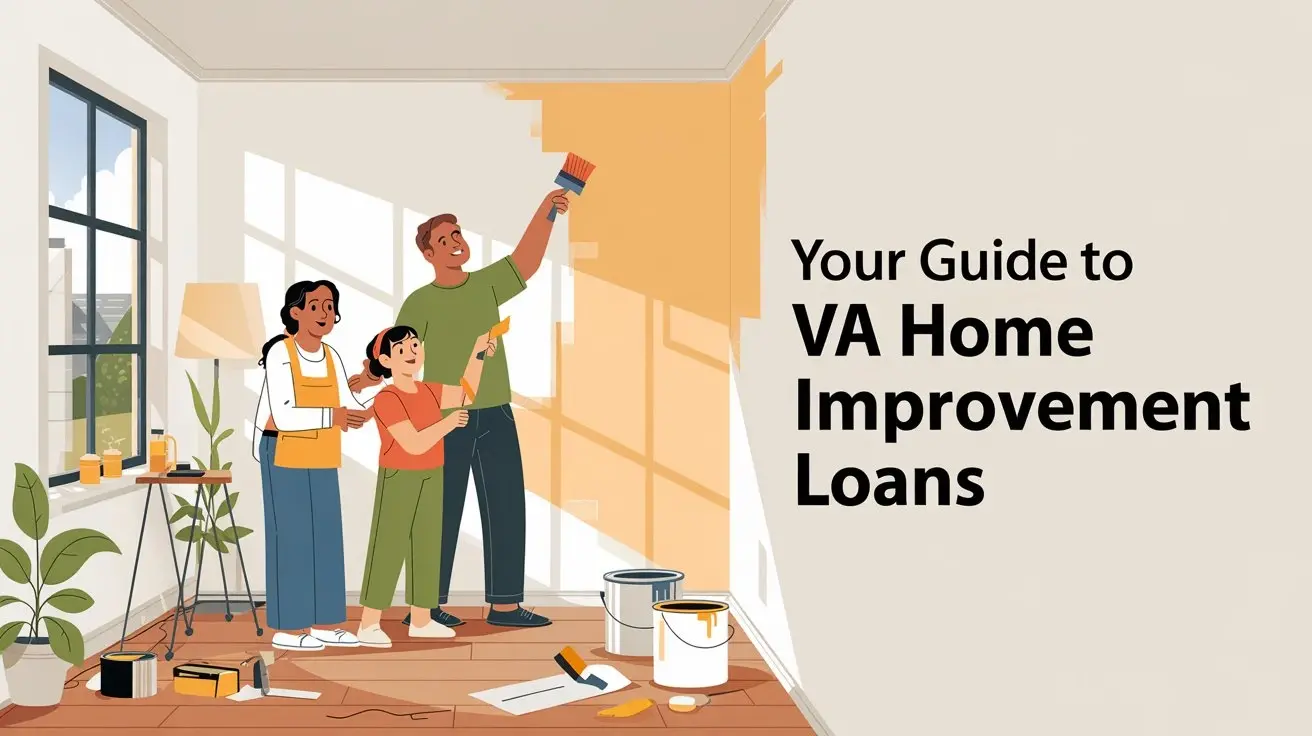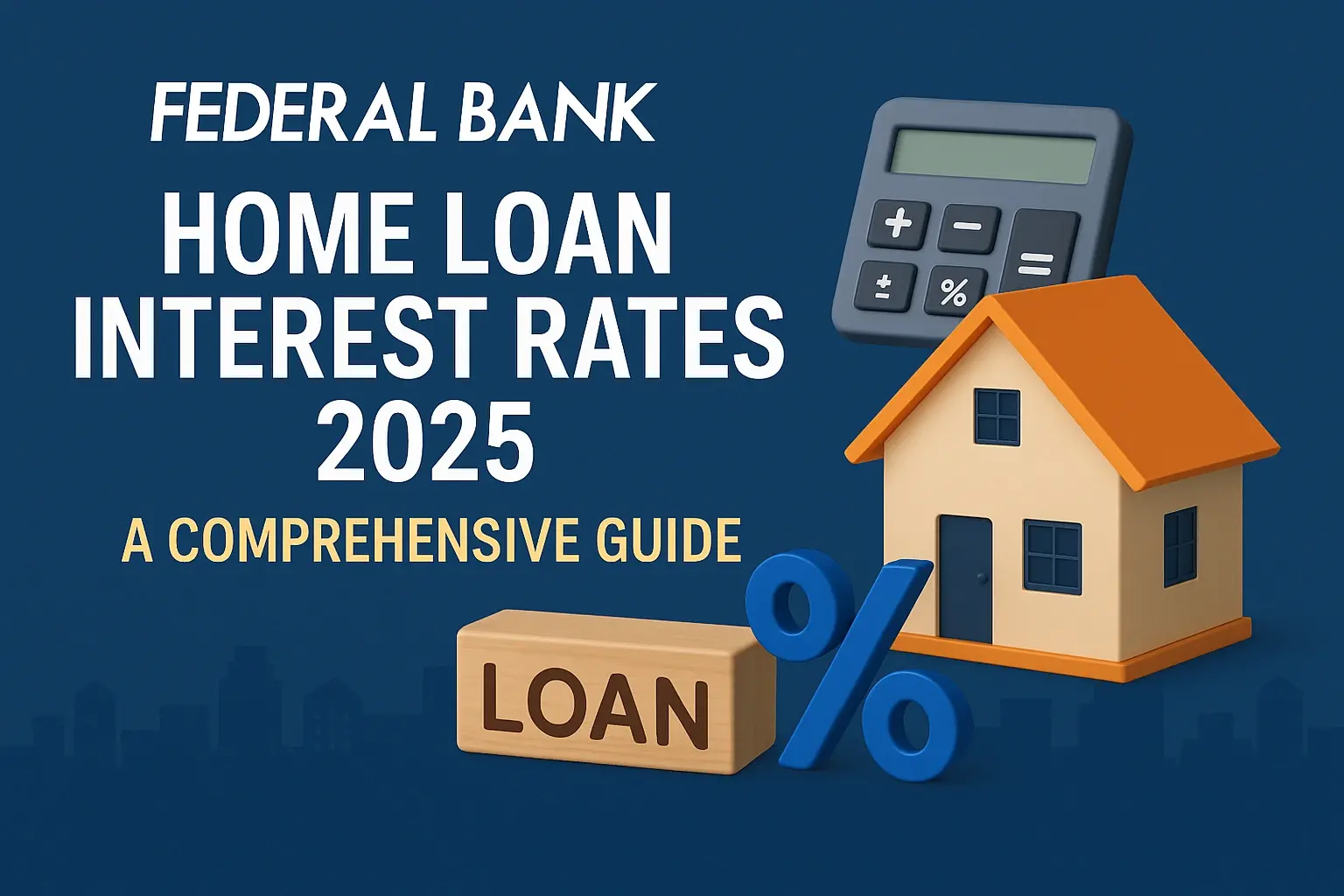-
Posted on: 13 Jul 2024

-
Debt can feel like an insurmountable burden, impacting your financial well-being and overall quality of life. If you're struggling to manage your debt, you're not alone. Millions of people seek debt relief solutions every year. But with so many programs available, how do you determine which one is right for you? This comprehensive guide will explore various debt relief options, helping you navigate the complexities and make an informed decision.
Understanding Debt Relief Options
The "best" debt relief program is subjective and depends entirely on your individual financial circumstances, debt type, and ability to commit to a specific strategy. Here's an overview of the most common debt relief options:
1. Debt Management Plans (DMPs)
A Debt Management Plan (DMP) is typically offered by non-profit credit counseling agencies. It involves working with a counselor to create a budget and consolidate your debts into a single monthly payment. The agency then negotiates with your creditors to potentially lower interest rates and waive certain fees.
Pros of DMPs:
- Simplified payments: One monthly payment streamlines your finances.
- Lower interest rates: Potentially reduced interest rates can save you money over time.
- Credit counseling support: Receive guidance and support from experienced counselors.
- Avoidance of bankruptcy: DMPs can help you manage debt without resorting to bankruptcy.
Cons of DMPs:
- Not available for all debt types: Often limited to credit card debt.
- May require closing accounts: You may need to close credit card accounts to participate.
- Can impact your credit score initially: Closing accounts can temporarily lower your score.
- Fees: Credit counseling agencies may charge small monthly fees.
Who is a DMP suitable for?
DMPs are a good fit for individuals with manageable credit card debt who are disciplined enough to stick to a budget and make consistent payments. They're particularly helpful for those who want to avoid bankruptcy and improve their financial literacy.
2. Debt Consolidation
Debt consolidation involves taking out a new loan to pay off multiple existing debts. This can simplify your payments and potentially lower your interest rate, but it's crucial to compare rates and fees carefully.
Types of Debt Consolidation:
- Personal Loans: Unsecured loans from banks, credit unions, or online lenders.
- Balance Transfer Credit Cards: Cards with a 0% introductory APR on balance transfers.
- Home Equity Loans or HELOCs: Secured loans using your home equity as collateral (riskier).
Pros of Debt Consolidation:
- Simplified payments: Consolidate multiple debts into one monthly payment.
- Potentially lower interest rate: Securing a lower interest rate can save money.
- Improved credit score utilization: Consolidating high-interest debt can improve your credit utilization ratio.
Cons of Debt Consolidation:
- Requires good credit: The best rates are typically reserved for borrowers with strong credit.
- Fees and origination costs: Some loans come with origination fees or other charges.
- Risk of increased debt: If not disciplined, you could run up the balances on the paid-off cards.
- Secured loans are risky: Using your home as collateral puts your home at risk if you default.
Who is Debt Consolidation suitable for?
Debt consolidation is a good option for individuals with good to excellent credit who can qualify for a loan with a lower interest rate than their existing debts. It's also helpful for simplifying payments, but requires discipline to avoid accumulating new debt.
3. Debt Settlement
Debt settlement involves negotiating with your creditors to pay a lump sum that is less than the total amount you owe. This can be an effective way to reduce debt, but it can also have a significant negative impact on your credit score.
How Debt Settlement Works:
- Stop Making Payments: You typically stop making payments to your creditors.
- Accumulate Funds: You save money in a dedicated account.
- Negotiate Settlements: The debt settlement company negotiates with creditors to accept a lower amount.
Pros of Debt Settlement:
- Potentially significant debt reduction: You may pay significantly less than the original amount owed.
- Faster path to debt freedom: If successful, you can resolve your debts relatively quickly.
Cons of Debt Settlement:
- Damaged credit score: Missed payments and settlements negatively impact your credit.
- Lawsuits from creditors: Creditors may sue you for non-payment.
- Fees: Debt settlement companies charge fees, often a percentage of the settled amount.
- Tax implications: The forgiven debt may be considered taxable income.
Who is Debt Settlement suitable for?
Debt settlement is generally considered a last resort for individuals who are facing severe financial hardship and are unable to manage their debt through other means. It's important to understand the risks and potential consequences before pursuing this option.
4. Bankruptcy
Bankruptcy is a legal process that allows individuals to discharge or reorganize their debts. There are two main types of bankruptcy for individuals: Chapter 7 and Chapter 13.
Chapter 7 Bankruptcy:
Chapter 7 involves liquidating non-exempt assets to pay off creditors. Eligible debts are then discharged, meaning you are no longer legally obligated to pay them.
Chapter 13 Bankruptcy:
Chapter 13 involves creating a repayment plan to pay off creditors over a period of three to five years. You keep your assets, but must make regular payments according to the plan.
Pros of Bankruptcy:
- Debt discharge: Eliminates eligible debts, providing a fresh start.
- Protection from creditors: Stops collection efforts and lawsuits.
- Automatic stay: Immediately halts foreclosures, repossessions, and wage garnishments.
Cons of Bankruptcy:
- Significant impact on credit score: Bankruptcy remains on your credit report for 7-10 years.
- Public record: Bankruptcy filings are a matter of public record.
- Loss of assets: In Chapter 7, non-exempt assets may be liquidated.
- Eligibility requirements: Meeting income and asset requirements can be challenging.
Who is Bankruptcy suitable for?
Bankruptcy is a serious legal option that should be considered only after exploring all other alternatives. It may be the right choice for individuals with overwhelming debt and no realistic prospect of repayment. Consulting with a bankruptcy attorney is crucial to understand the implications and determine eligibility.
5. Debt Snowball vs. Debt Avalanche
These are two different strategies for paying down debt, independent of larger programs. They focus on the order in which you tackle your debts.
Debt Snowball:
The debt snowball method involves paying off your smallest debt first, regardless of interest rate. The psychological boost of eliminating a debt can motivate you to continue.
Debt Avalanche:
The debt avalanche method involves paying off the debt with the highest interest rate first, saving you the most money in the long run. Requires more focus and less immediate gratification.
Pros and Cons:
The "best" method depends on your personal preferences and motivation. The debt avalanche is mathematically superior, but the debt snowball can be more effective for those who need quick wins to stay motivated.
Choosing the Right Debt Relief Program: A Step-by-Step Guide
Finding the best debt relief program for you requires careful consideration and a thorough assessment of your financial situation. Here's a step-by-step guide to help you make the right decision:
Step 1: Assess Your Financial Situation
Gather all your financial information, including:
- Income: Monthly income from all sources.
- Expenses: Monthly living expenses, including rent/mortgage, utilities, food, transportation, etc.
- Debts: A list of all debts, including balances, interest rates, and minimum payments.
- Credit Report: Obtain a copy of your credit report from AnnualCreditReport.com.
Step 2: Determine Your Debt-to-Income Ratio (DTI)
Calculate your DTI by dividing your total monthly debt payments by your gross monthly income. A high DTI indicates that a significant portion of your income is going towards debt repayment.
Step 3: Evaluate Your Credit Score
Your credit score will significantly impact your eligibility and interest rates for debt consolidation loans and balance transfer credit cards. Understand where you stand before exploring these options.
Step 4: Research Different Debt Relief Programs
Explore the various debt relief options discussed earlier, considering their pros, cons, and suitability for your situation.
Step 5: Compare Options and Get Quotes
Compare rates, fees, and terms from different debt relief providers. Get quotes from multiple credit counseling agencies, lenders, and debt settlement companies.
Step 6: Check for Accreditation and Reviews
Ensure that any debt relief company you consider is accredited by reputable organizations like the National Foundation for Credit Counseling (NFCC) or the Better Business Bureau (BBB). Read online reviews and check for complaints before making a decision.
Step 7: Understand the Terms and Conditions
Carefully review the terms and conditions of any debt relief program before enrolling. Pay close attention to fees, interest rates, repayment schedules, and potential consequences for non-payment.
Step 8: Seek Professional Advice
Consider consulting with a financial advisor or credit counselor for personalized guidance. They can help you assess your financial situation and choose the best debt relief program for your needs.
Red Flags to Watch Out For
Be wary of debt relief companies that:
- Guarantee debt elimination or significant debt reduction.
- Charge high upfront fees.
- Pressure you to sign up immediately.
- Fail to provide clear information about their services.
- Tell you to stop communicating with your creditors.
The Importance of Financial Education
Debt relief is only one piece of the puzzle. It's crucial to improve your financial literacy and develop healthy money management habits to prevent future debt problems. Consider taking a budgeting course, reading personal finance books, or working with a financial coach.


